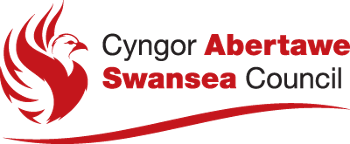Harvesting of shellfish
Cockles and mussels are bivalve molluscs also known as shellfish, which feed by filtering their food from the water that they live in.
If they live in an area contaminated with sewage or affected by a poisonous form of algal bloom, the shellfish can accumulate bacteria or viruses and toxins from the algae. Illnesses like gastroenteritis and hepatitis can result from eating contaminated shellfish. Algal toxin poisoning like paralytic shellfish poisoning and diarrhoetic shellfish poisoning can also cause serious illness.
To control the risk of illness, shellfish available for sale must originate from a classified production area. Areas are classified per species according to the degree of contamination. This is based on monitoring of faecal contamination in the shellfish. Only shellfish from Class A waters can be sold directly. Shellfish from other waters must go through further processing before going for sale.
These classified areas used for commercial harvesting of shellfish are sampled regularly by the council. The samples are sent to The Centre for Environment, Fisheries and Aquaculture Science (CEFAS) in Weymouth, who collate the results and classify the beds.
The shellfish beds are classified by the amount of E.coli bacteria that are contained within the flesh of the shellfish. An up-to-date list of classified areas (opens new window) is published on the CEFAS website (see Burry Inlet). It is divided by council areas and gives all the latest shellfish harvesting production area details.
- a list of the latest bacterial sampling results (opens new window) are updated on the CEFAS website
- a list of the latest algal toxin sampling results (opens new window) are updated on the Food Standards Agency website
If the sampling results for either of these are above the acceptable standards set in legislation temporary closure notices are served. These ban the harvesting of shellfish and are used when there is a risk to public health.
| Production area | Species | Site name | Bed status |
|---|---|---|---|
| Burry Inlet (South) | Cockles | South East | Open |
| Whitford Sands | Cockles | Whitford | Open |
| Whitford Sands | Mussels | Whitford | Open |
1 Areas on the Northern side of the low tide channel of the River Loughor are under the responsibility of Carmarthenshire County Council.
The following maps are from the CEFAS website (opens new window) and illustrate the classified cockle and mussel beds within the Burry Inlet.


Shellfish traceability
To make sure of traceability of the product, a registration document must accompany each batch of live shellfish during transportation from the production area they are gathered from to the dispatch or purification centre where they are to be processed.
If you wish to gather shellfish from a classified production area within the city and county of Swansea you should contact us for a registration form.
Please note a licence is needed to gather cockles within the Burry Inlet. This is covered by a regulatory order under the control of Natural Resources Wales (opens new window).
